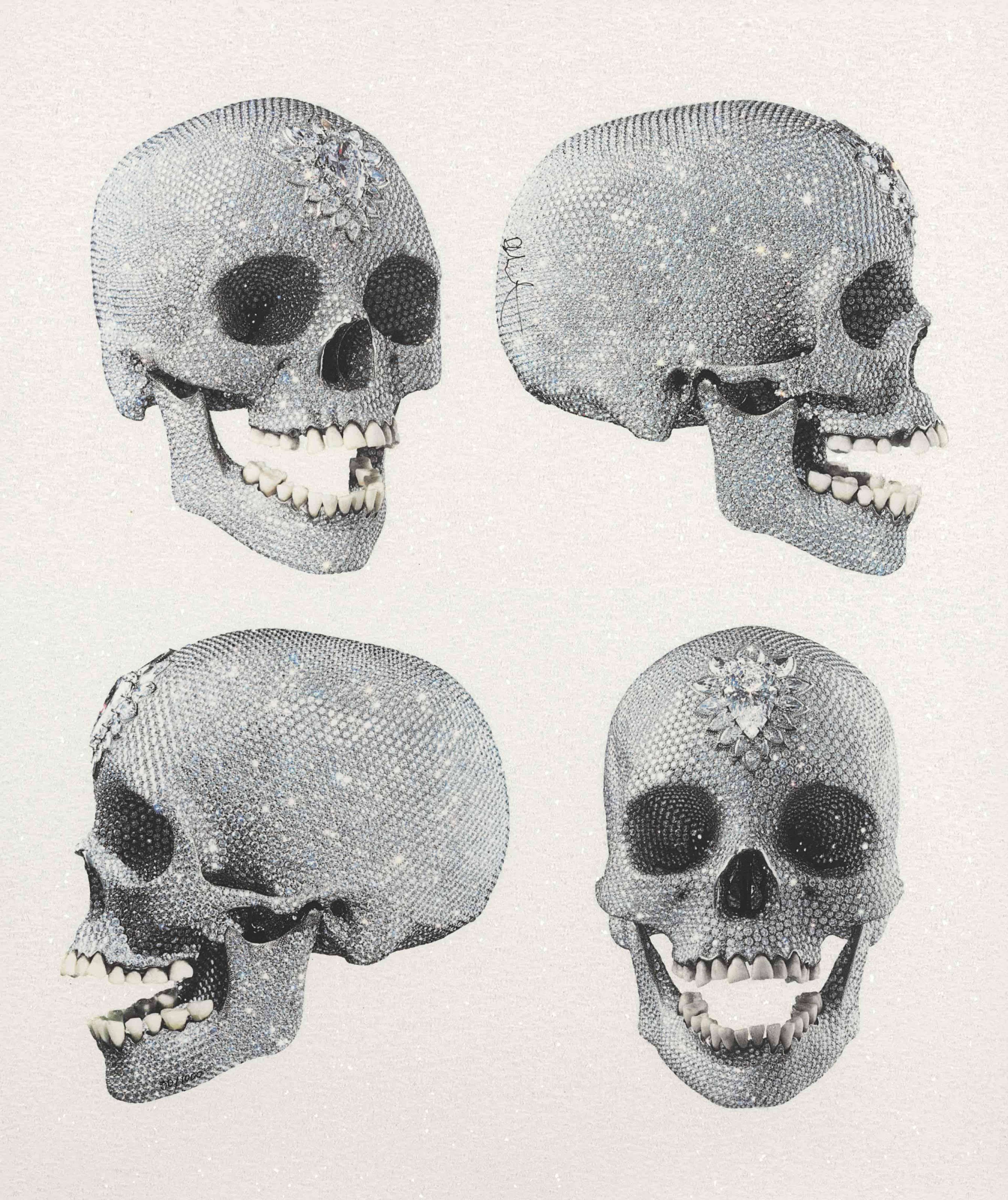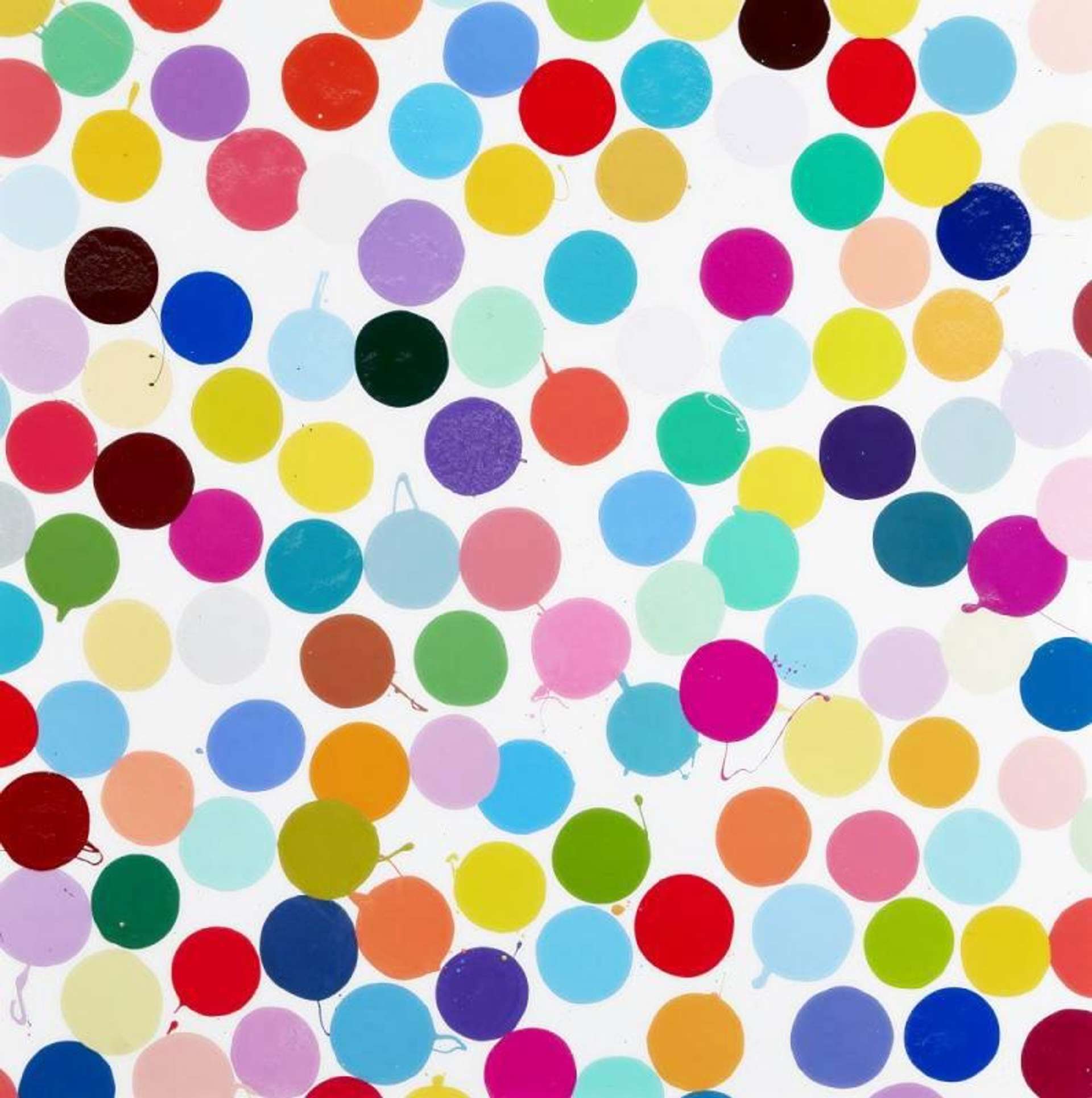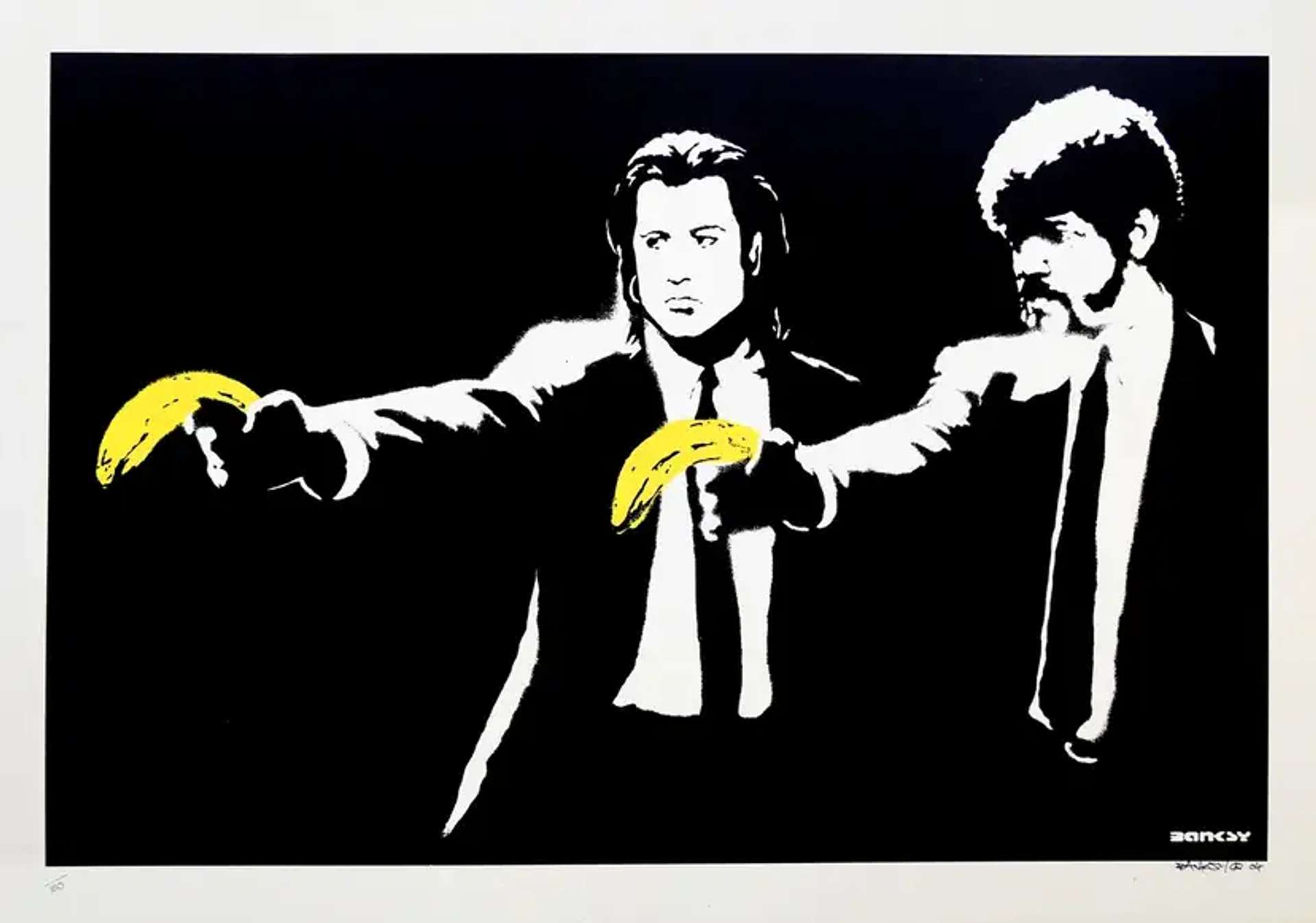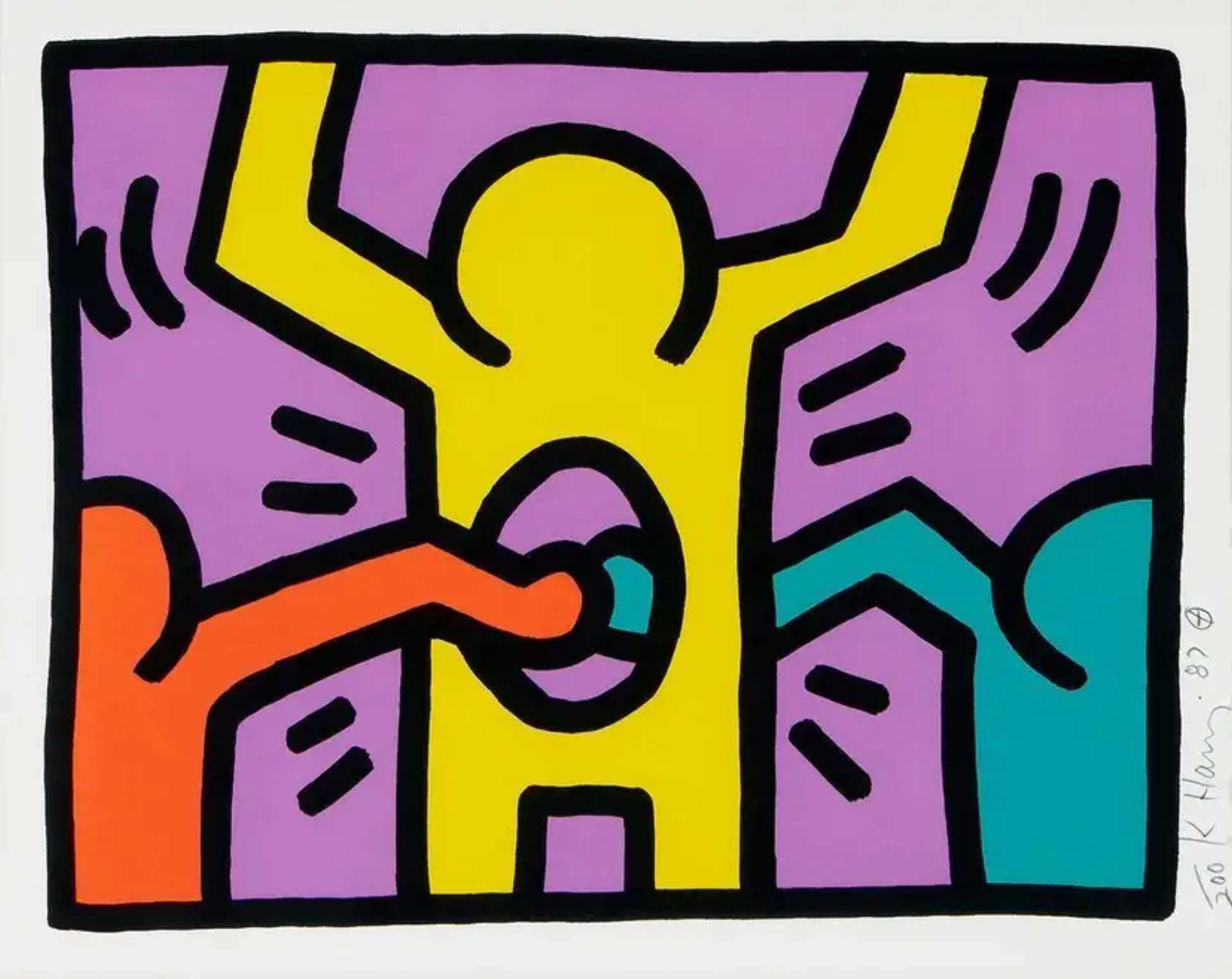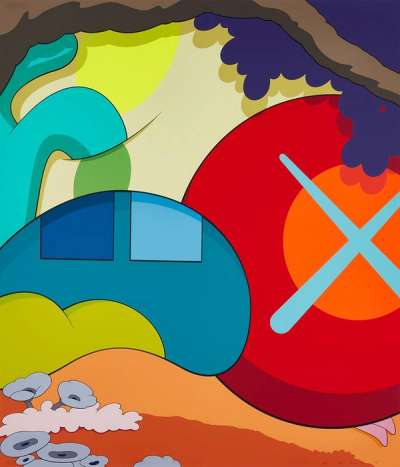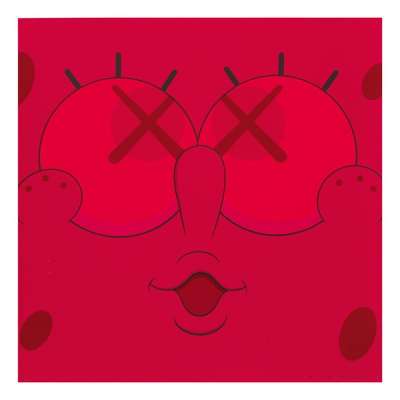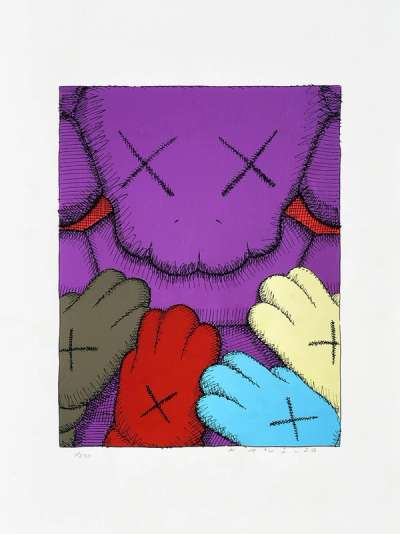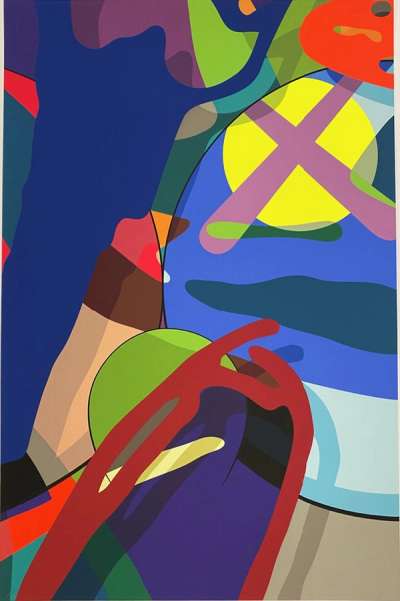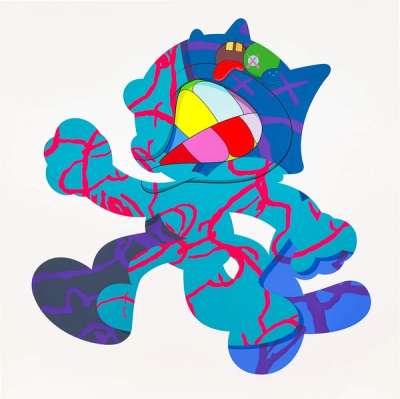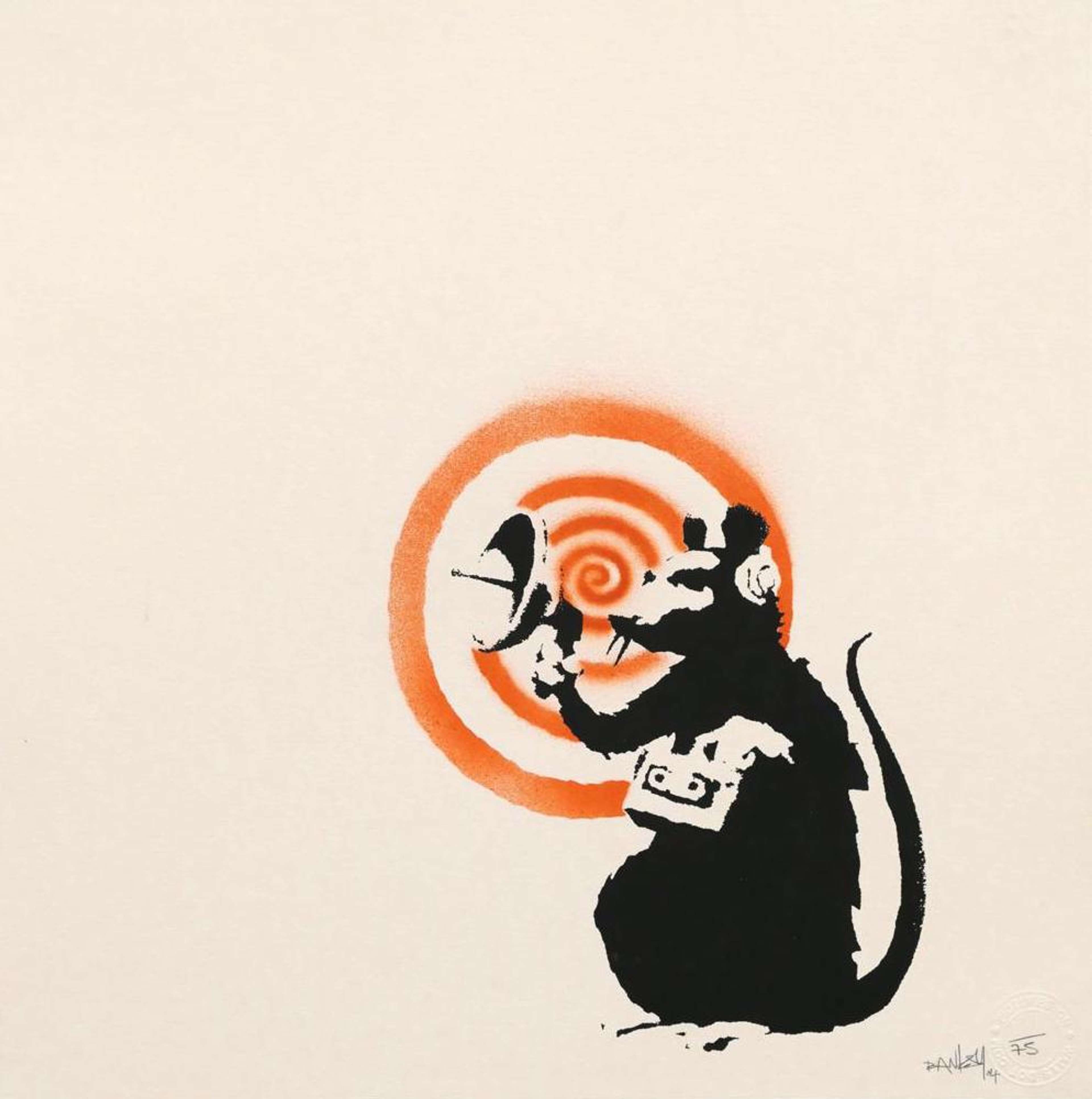 Kate Moss, White Gloves © KAWS 2001
Kate Moss, White Gloves © KAWS 2001MyPortfolio
As the art world continues to navigate the difficulties of authenticity and forgery, the age-old practice of art authentication is being reshaped by the interplay between human expertise and emerging technologies. While traditional connoisseurship and the nuanced instincts of art experts remain unmatched, advancements in artificial intelligence (AI) and machine learning offer a new frontier in art authentication. Striking the right balance between these two is becoming paramount, as the market seeks to preserve the integrity of artistic heritage while leveraging the potential of cutting-edge technology.
Art Authentication: Balancing Human Expertise and Emerging Technologies
The traditional approach to art authentication relies heavily on human expertise and encompasses various methods. Provenance research, one of the cornerstones of art authentication, involves tracing the ownership history of an artwork. By examining historical records, conducting interviews, and delving into archival research, experts establish a clear chain of ownership. Provenance research not only helps determine an artwork's authenticity but also verifies that it has not been stolen or acquired through illicit means, enhancing market transparency.
Seasoned art historians, curators, and appraisers meticulously analyse artworks, considering factors such as style, technique, materials, and historical context. These experts have a profound understanding of an artist's body of work, enabling them to detect subtle nuances and inconsistencies that may indicate forgery. Connoisseurship, with its human intuition, remains an invaluable tool in art authentication.
Simply put, human expertise allows for a nuanced understanding of an art, its history and its context that cannot be replicated by technology alone.
Embracing Emerging Technologies
Emerging technologies have revolutionised the field of art authentication, augmenting traditional methods with their precision and efficiency. Digital imaging technology, with its high-resolution capabilities, enables experts to analyse artworks at a microscopic level, revealing hidden layers, or alterations that may indicate forgery. Machine learning algorithms trained on vast databases of authenticated artworks can potentially identify patterns and detect potential forgeries with impressive accuracy.
The integration of emerging technologies with traditional human expertise holds tremendous promise. By leveraging the strengths of both, art experts can enhance the authentication process. Combining the precision of digital imaging and machine learning with the nuanced understanding provided by human expertise allows for more comprehensive and reliable authentication outcomes.
Emerging Tech in Art Authentication
Infrared Imaging
One of the most widely utilised emerging technologies in art authentication is infrared imaging. This non-invasive technique involves capturing the infrared spectrum of light to expose alterations, and underdrawings in artworks. Infrared reflectography and thermal imaging are two common methods employed in this process. This technology is particularly useful in identifying art forgeries where an artist's signature style or technique is copied, as well as in revealing any hidden alterations that may have been made to deceive collectors and experts.
X-ray Radiography
This technology enables experts to penetrate beneath the surface of an artwork, revealing hidden layers, materials, and structures that are otherwise invisible to the naked eye. X-rays can detect changes in density, materials, and alterations made to the original artwork. X-ray radiography is particularly effective in analysing paintings and sculptures. It can unveil concealed signatures, hidden sketches, and even overpainting. By examining an artwork's internal structure, experts can compare it with historical records and catalogued information to verify its authenticity and detect any signs of tampering or restoration.
Digital Provenance Tracking
Digital provenance tracking enables art professionals to trace an artwork's journey from its creation to its current state. By leveraging blockchain, a decentralised and tamper-resistant technology, the authenticity of each transaction, change of ownership, or exhibition record can be securely stored and accessed. Additionally, machine learning algorithms can analyse large amounts of data related to an artwork's provenance, detecting patterns and anomalies that may indicate inconsistencies. These algorithms can contribute to the detection of forged provenance documents or alert experts to discrepancies that require further investigation.
How is AI changing the art industry?
Can AI art authentication put an end to art forgery?
Art forgery has plagued the art market for centuries, causing financial loss and undermining art market integrity. The rise of AI in art authentication suggests its potential to combat forgery, and recognize subtle differences between genuine pieces of art and counterfeit ones, like the highly-coveted Marilyns by Andy Warhol.
While AI art authentication shows great promise, it is important to note that it is not infallible. Art forgers can adapt and evolve their techniques to deceive AI systems. Collaboration between AI and human experts can enhance the accuracy and reliability of art authentication, but neither can completely replace the other.
Does AI rip off artists?
A common concern about AI in the art industry is whether it has the potential to rip off artists. As AI systems become more advanced, they are capable of generating art that imitates the styles of renowned artists or produces original pieces in a similar aesthetic. This has led to debates about the originality and authenticity of AI-generated art.
However, it is important to distinguish between AI-generated art and the use of AI in art authentication. AI-generated art is created by algorithms without direct human intervention, often raising questions about authorship and ownership. AI in art authentication serves as a tool to aid experts in determining the authenticity of artworks.
The use of AI in art authentication does not rip off artists but rather aims to safeguard their work from forgery. By providing additional resources and analysis tools, AI can complement the expertise of art professionals and enhance the accuracy of art authentication processes.
Blockchain Technology
Blockchain technology has emerged as a revolutionary tool in various industries, and the art market is no exception. With its ability to provide secure and unalterable records, blockchain has the potential to completely transform art authentication.
While this type of technology certainly has the potential to usher in new eras of change, there’s a considerable amount of scepticism towards its application in the art market. Kelani Nichole, founder of experimental media art gallery TRANSFER, raised a critical point during ArtBasel’s 2018 Blockchain and the Artworld panel.
Blockchain can address the challenges faced by traditional art authentication methods, which heavily rely on human expertise and forensic analysis. While human experts play a vital role in art authentication, they are susceptible to errors and biases. By integrating blockchain with digital imaging technology and machine learning algorithms, art authentication can be enhanced.
The current and potential uses of blockchain in the art market are vast. Some platforms have already implemented blockchain-based systems for registering and tracking artworks. These platforms allow artists to create digital certificates of authenticity and store them on the blockchain, making it easy for collectors and buyers to verify an artwork's legitimacy. Additionally, auction houses and galleries can utilise blockchain to create secure digital catalogues and streamline the process of verifying provenance for potential buyers.
Authenticity and the Digital Art Market
The digital art market has seen a surge in popularity, largely driven by the rise of NFTs. These blockchain-based tokens enable artists to tokenize their digital artworks, providing a sense of ownership and provenance in a digital landscape. However, with the absence of physicality, traditional art authentication methods, such as art forensic analysis, face significant limitations.
One of the primary challenges in the digital art market is the risk of art forgery. Due to the ease of replicating digital files, the potential for counterfeit digital artworks is a genuine concern. Without proper verification methods in place, collectors and buyers may fall victim to fraud, undermining trust in the market.
How is Technology Changing the Art World?
Increased Accessibility
Online platforms and digital archives have made it possible for people around the world to explore and appreciate artworks that were previously confined to museums and galleries. The new digital era has opened up new avenues for art enthusiasts, removing any geographical barriers and enabling a broader audience to engage with art.
 MyPortfolio © MyArtBroker 2023
MyPortfolio © MyArtBroker 2023Data-driven Art Collections
Collectors keen on blue chip art prints now have the ability to curate high performing collections based on real-time data that’s been previously reserved for industry leaders. This unprecedented amount of transparency and innovation paired with a unique algorithm helps collectors understand the value of their prints in relation to others in the market, right at their fingertips!
With MyArtBroker’s comprehensive suite of features, art enthusiasts can confidently build their collections, leveraging our technology to optimise their investments. Whether you're a seasoned collector or a newcomer to the art scene, MyPortfolio provides an invaluable resource for navigating the art market with ease, expertise, and personalised support.
 MyPortfolio Dashboard © MyArtBroker 2023
MyPortfolio Dashboard © MyArtBroker 2023Innovation in Art Experiences
Digital art forms, such as computer-generated imagery, virtual reality, and interactive installations, have expanded the world of traditional art, pushing the limits of imagination and allowing artists to experiment with new techniques and concepts.
Enhanced Connections
Artists can now reach a global audience instantly through social media platforms, fostering dialogue, and interaction between creators and viewers. Artists are able to connect with their audience directly, bypassing the traditional gatekeepers of the art world.
Critics however argue that the digital era may also be diluting the authenticity and aura surrounding physical artworks. They express that the digital reproduction of art cannot fully capture the sensory experience of encountering an original piece. The physical qualities, textures, and physical presence of artworks are becoming obsolete in the digital realm, potentially compromising the emotional impact and connection that art has been known to evoke. Additionally, the proliferation of digital reproductions raises concerns about copyright infringement, intellectual property, and the commodification of art.
Is the Digital Era Improving or Ruining the Experience of Art?
The digital era has undeniably revolutionised various aspects of our lives, including the way we create, consume, and appreciate art. However, the impact of the digital era on the overall art experience remains a subject of debate, with arguments both in favour of its improvement and against its potential ruin.
We can see how technology has helped to democratise the art world, create a new industry of ArtTech, and influenced notable artists’ approach to artmaking. It may not be fair to claim that the digital era is inherently ruining the experience of art, but it most certainly is altering it. From how collectors purchase art, to the ways artists create and sell their work, or how experts authenticate it, art is quickly being reshaped by the emergence and continued development of new technologies.







